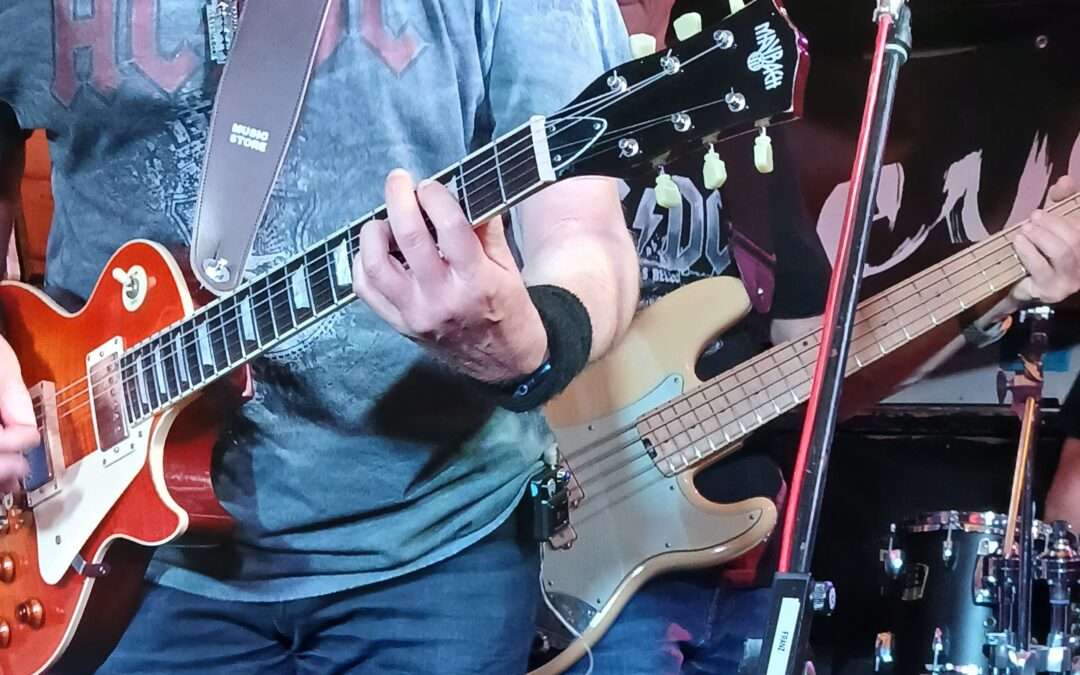
Bonn Rocks and Grooves
Most people think of Beethoven and classical music when they think of Bonn, but Bonn also has a lot to offer in terms of other genres of music.
Back in the 60s and 70s, Bonn was a hotspot for music, and even Queen, who were still unknown at the time, performed at the Club Underground. Other bands also made this music club famous. Even though the Underground had to close after only three years and other so-called beat clubs also did not survive, the spirit of that time can still be felt in the city today.
Bonn has numerous pubs where live bands perform (e.g. Kater 26, Session, Namenlos, Mausefalle 33 1/3… and many more). Every Thursday, Session hosts a jam session with local blues musicians that is definitely not to be missed! Music performances are also becoming increasingly common on small stages such as the Rheinbühne and the Pantheon.
A special highlight in Bonn-Endenich is the Harmonie. This music hall-style venue hosts live performances by artists of various genres from September to May. If you’re interested, take a look here. Even WDR Rockpalast still records concerts in this great hall, where photos on the walls show which music greats have played here.
The outdoor music season generally starts at the beginning of May with ‘Rhein in Flammen’ (Rhine in Flames) where several stages ensure that everyone from hard rockers to lovers of Cologne music get their money’s worth. And it’s free and outdoors, like so much else in Bonn.
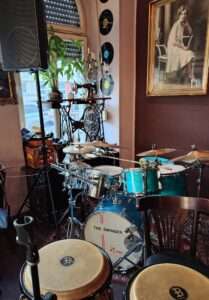 The concerts in the beer garden of the Parkrestaurant Rheinaue are also an integral part of the Bonn summer, with cover bands performing almost daily from mid-July to the end of August and Latin music on Sundays. More information is available here.
The concerts in the beer garden of the Parkrestaurant Rheinaue are also an integral part of the Bonn summer, with cover bands performing almost daily from mid-July to the end of August and Latin music on Sundays. More information is available here.
The Bonn City Garden offers a wide variety of musical events in August.
In August, the younger generation can look forward to the two-day Green Juice Festival with indie, pop, rock and a colourful supporting programme.
At Jeck im Sunnesching you can see people in carnival costumes parading through Bonn in the middle of summer!
The big names in music can be found at Kunstrasen. From BAP (sold out) to Lynnard Skynnard and Deichkind, there are some high-quality concerts.
In Bad Godesberg, don’t miss ‘Musik im Park’ and Musik unter der Zeder.
In Beuel, established musicians and up-and-coming artists perform at ‘Musik auf der Treppe’.
Bonn has music in every corner and city council even has a representative for rock and pop! This list is certainly not exhaustive and is influenced by the author’s age and musical taste 🙂 So, music lovers will get their money’s worth in Bonn, and why not combine a concert with a Greet?

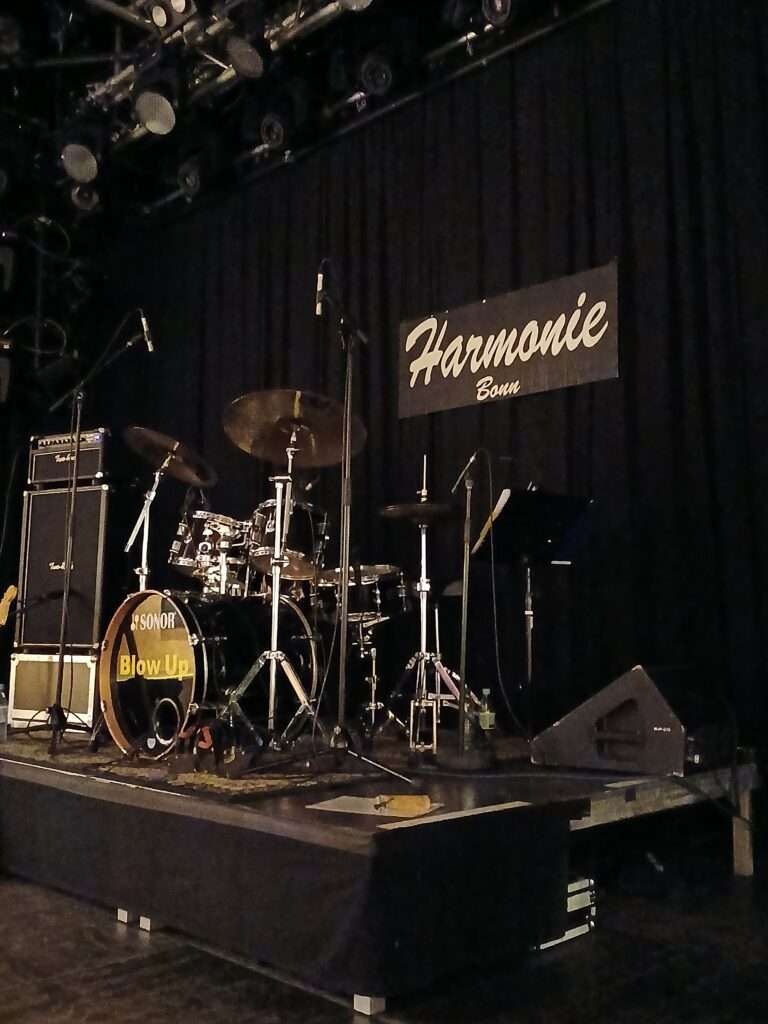

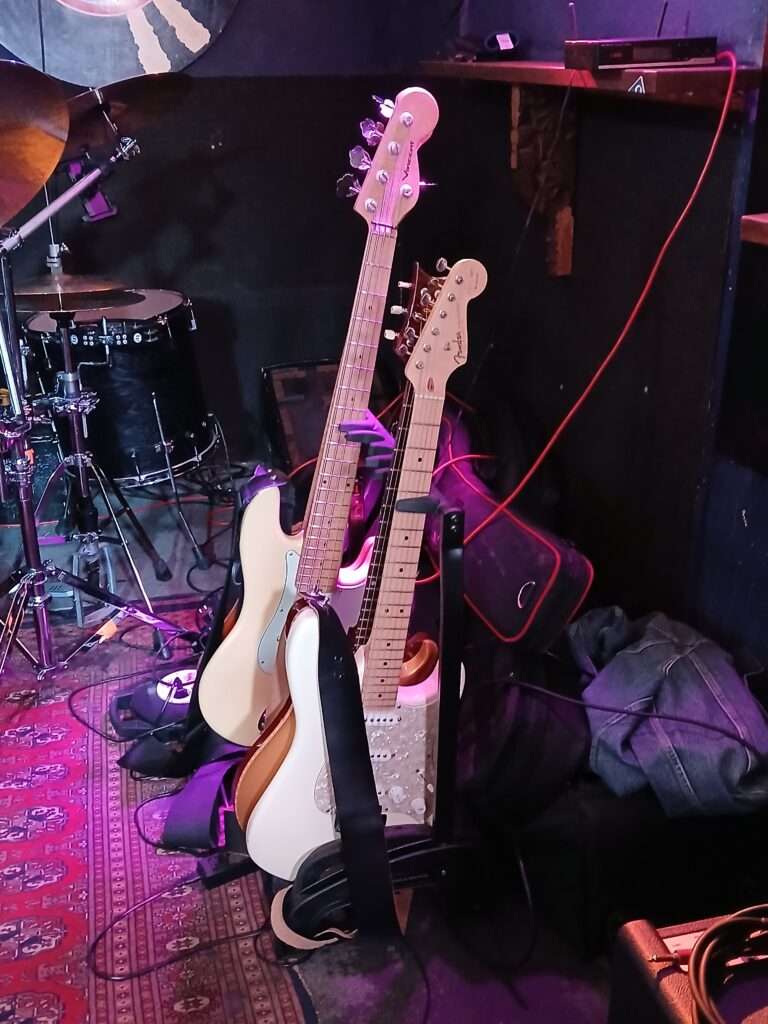

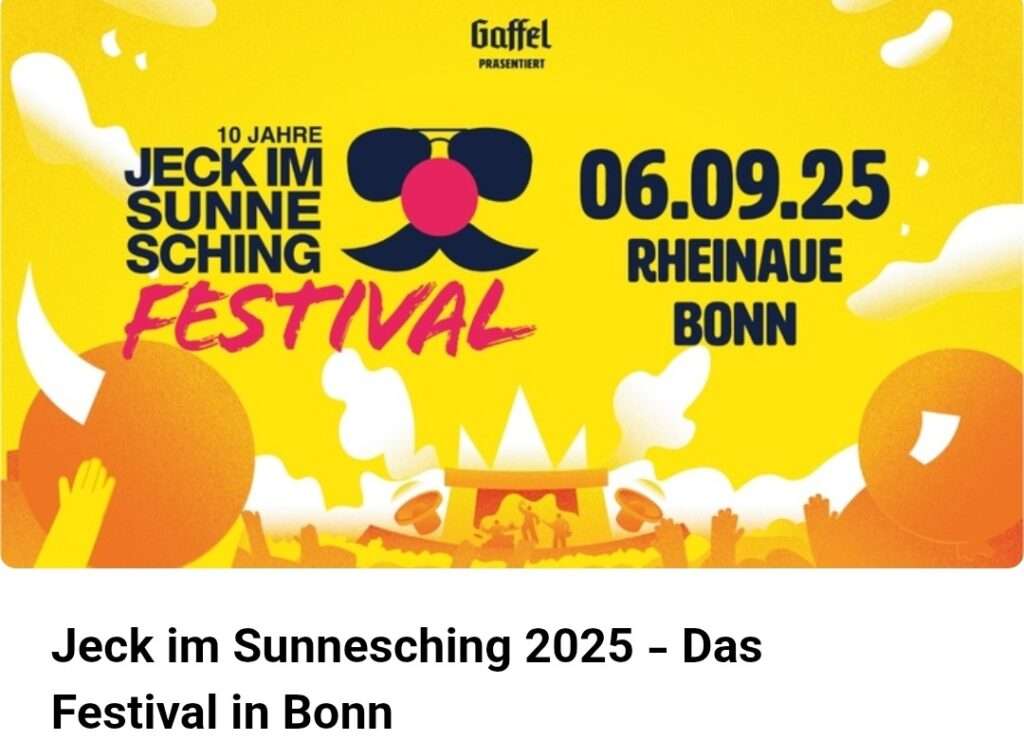
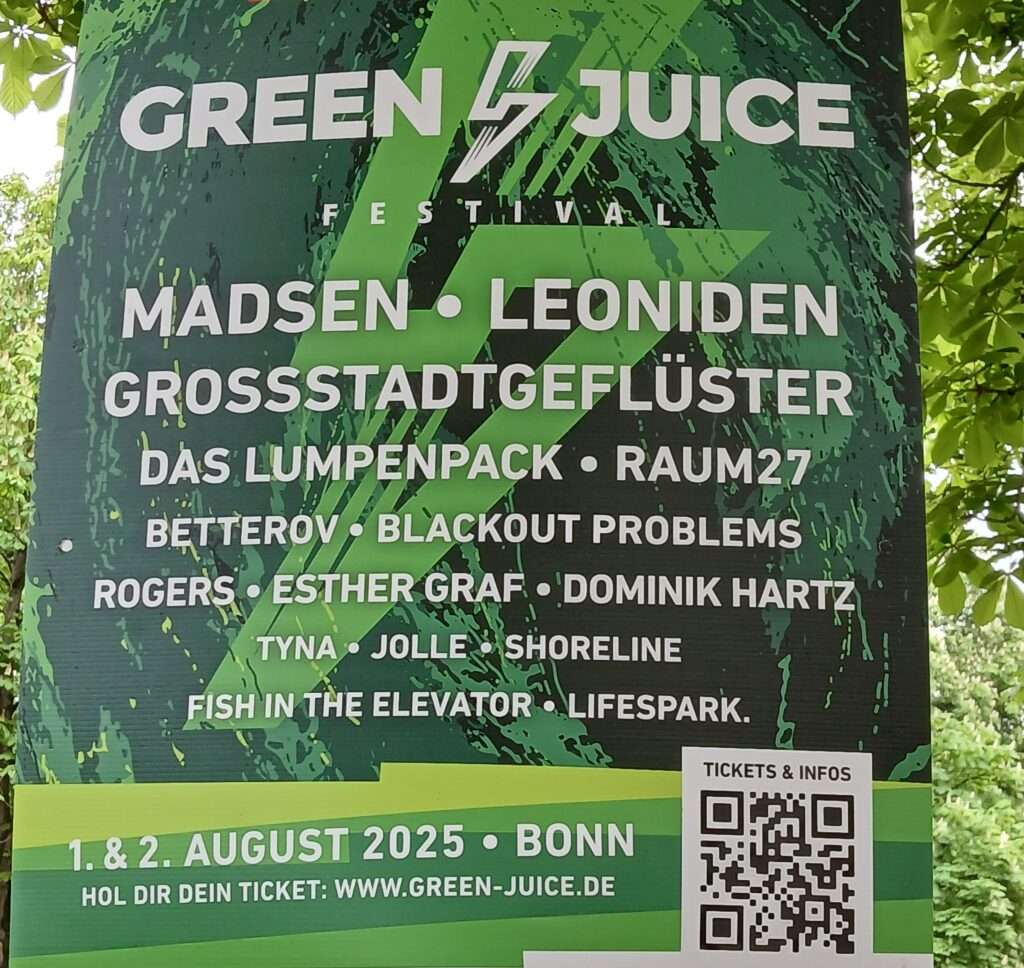
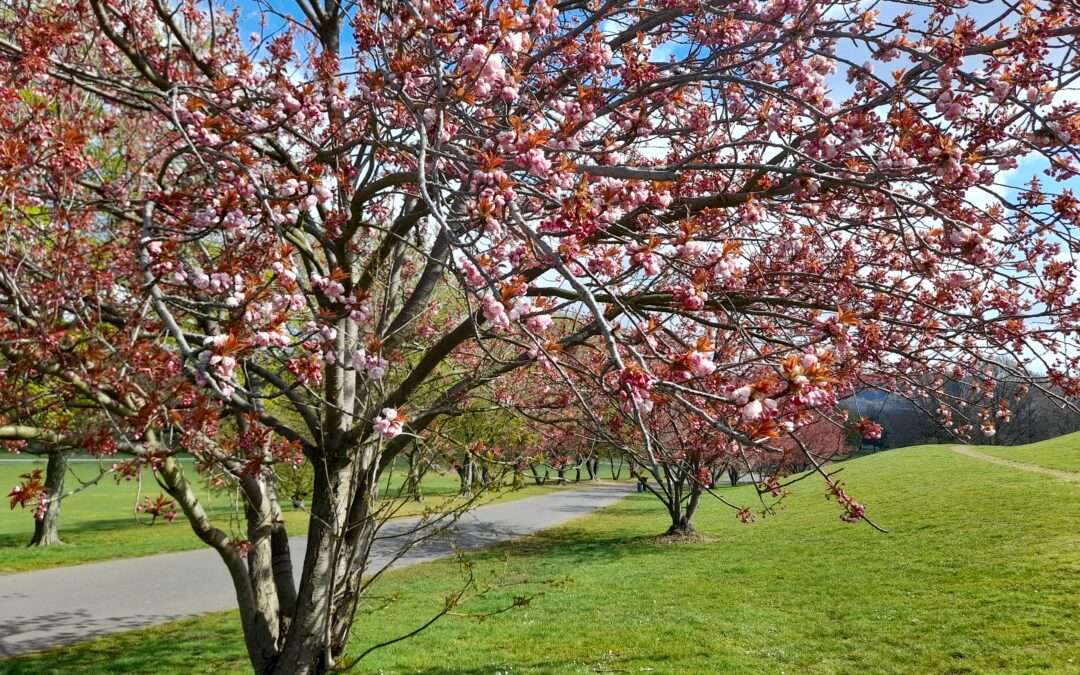
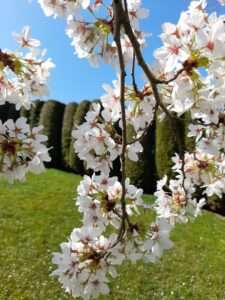 In the first phase the white-flowered cherries, such as the plum cherry in Wolfstraße, Franzstraße or in the Rheinaue, bloom. After that it takes about 14 days for the thick pink-flowered Japanese flowering cherries (especially in Breite Straße and Heerstraße) to delight the eye.
In the first phase the white-flowered cherries, such as the plum cherry in Wolfstraße, Franzstraße or in the Rheinaue, bloom. After that it takes about 14 days for the thick pink-flowered Japanese flowering cherries (especially in Breite Straße and Heerstraße) to delight the eye.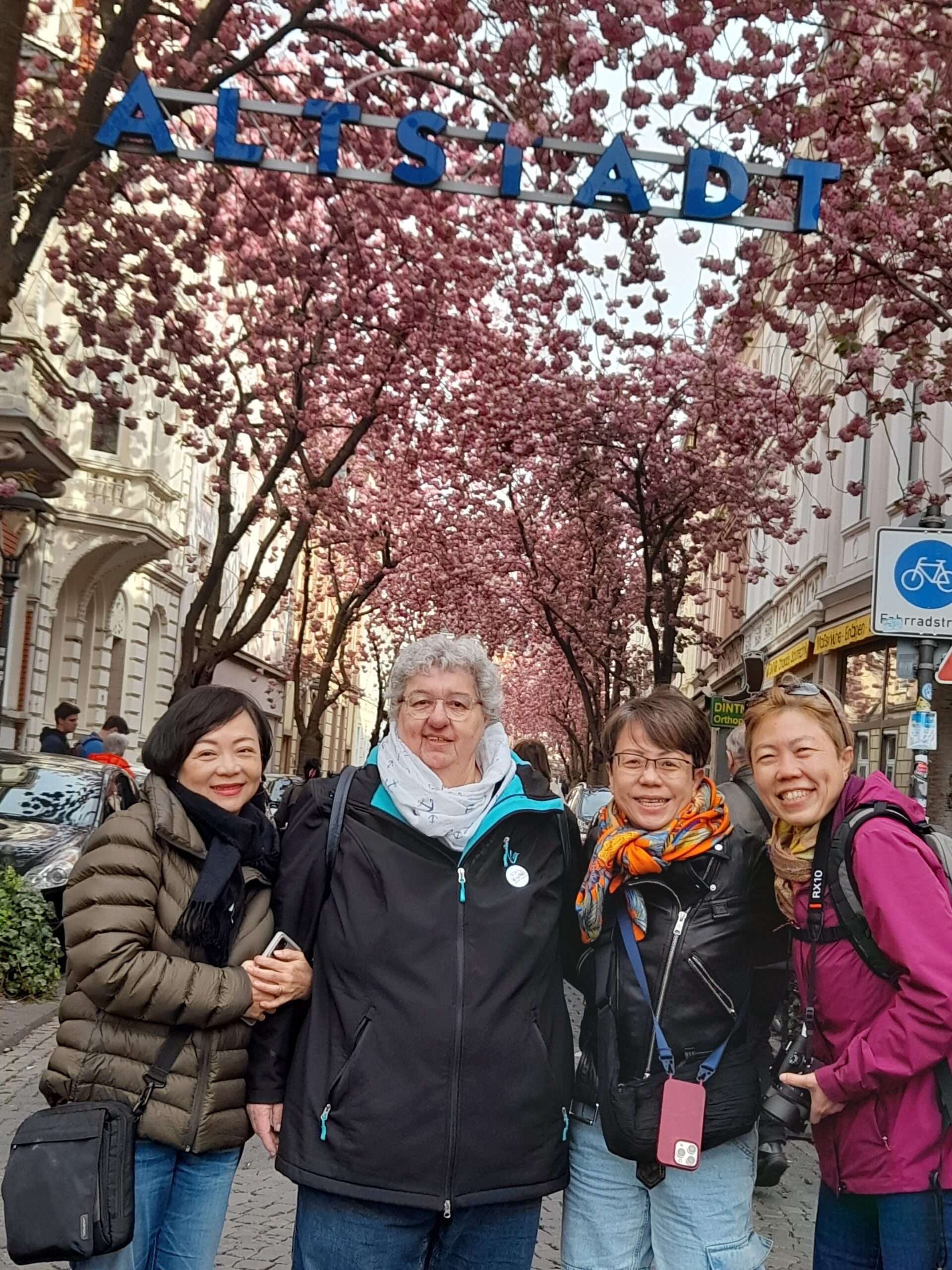
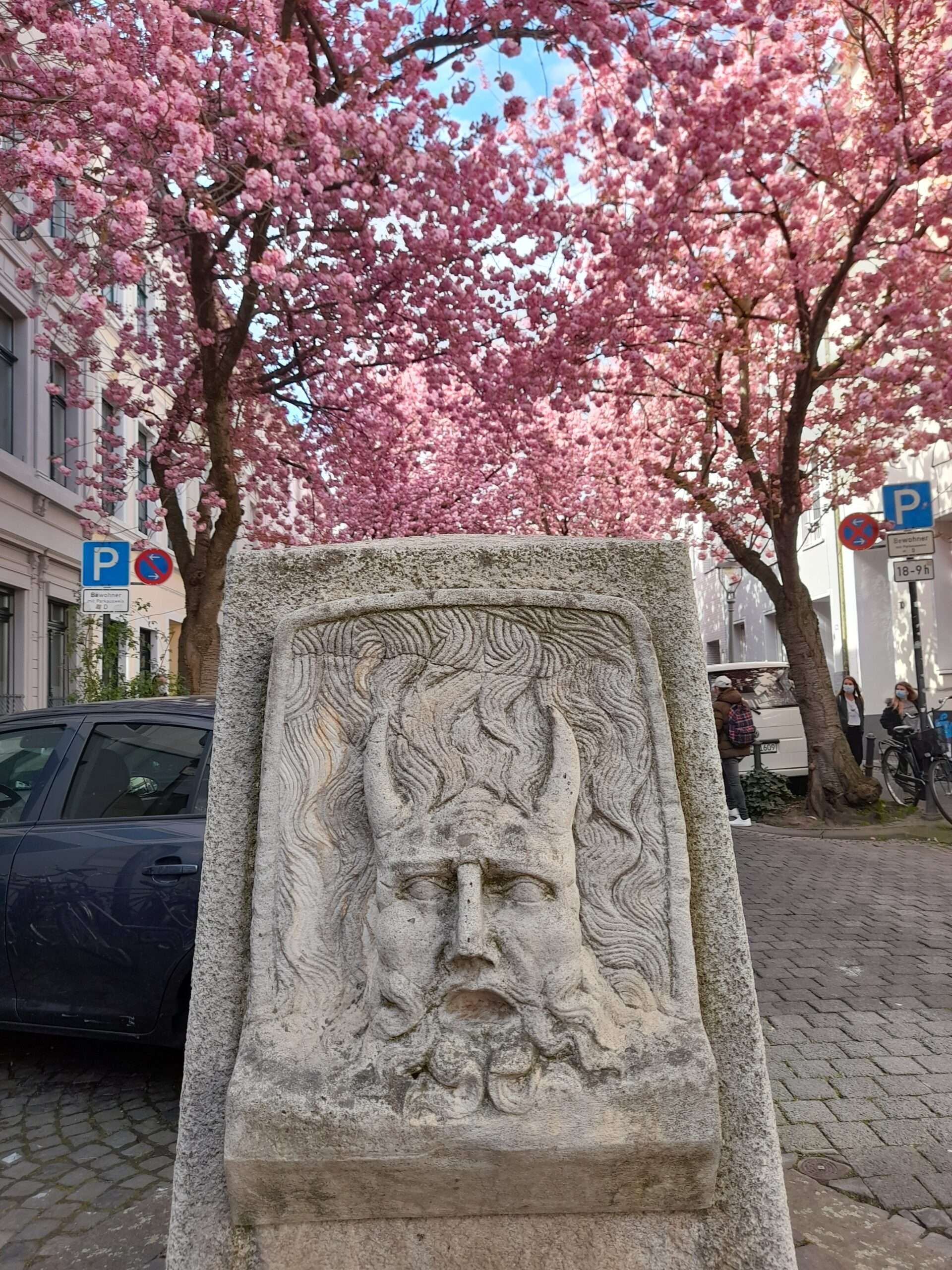
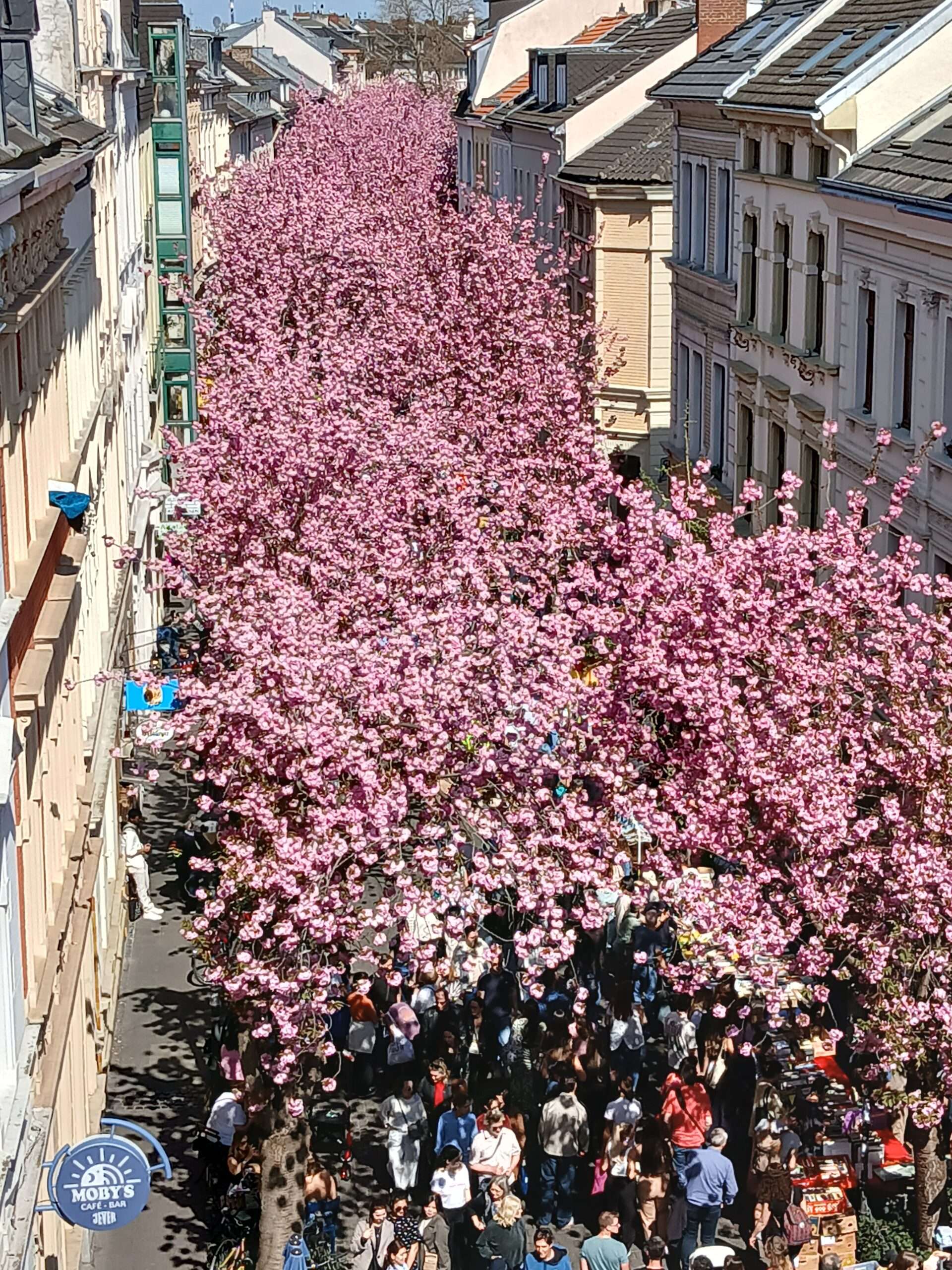
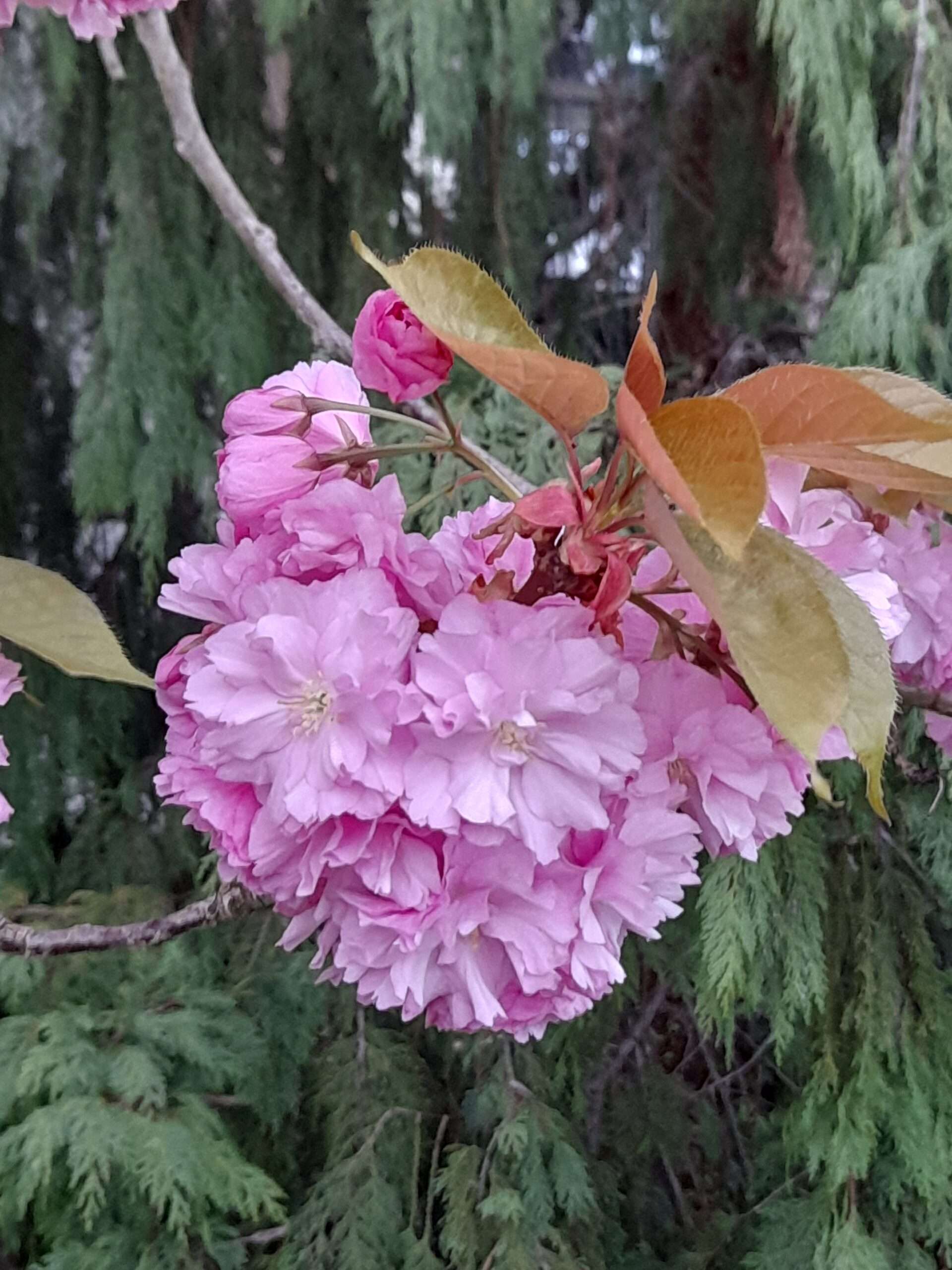
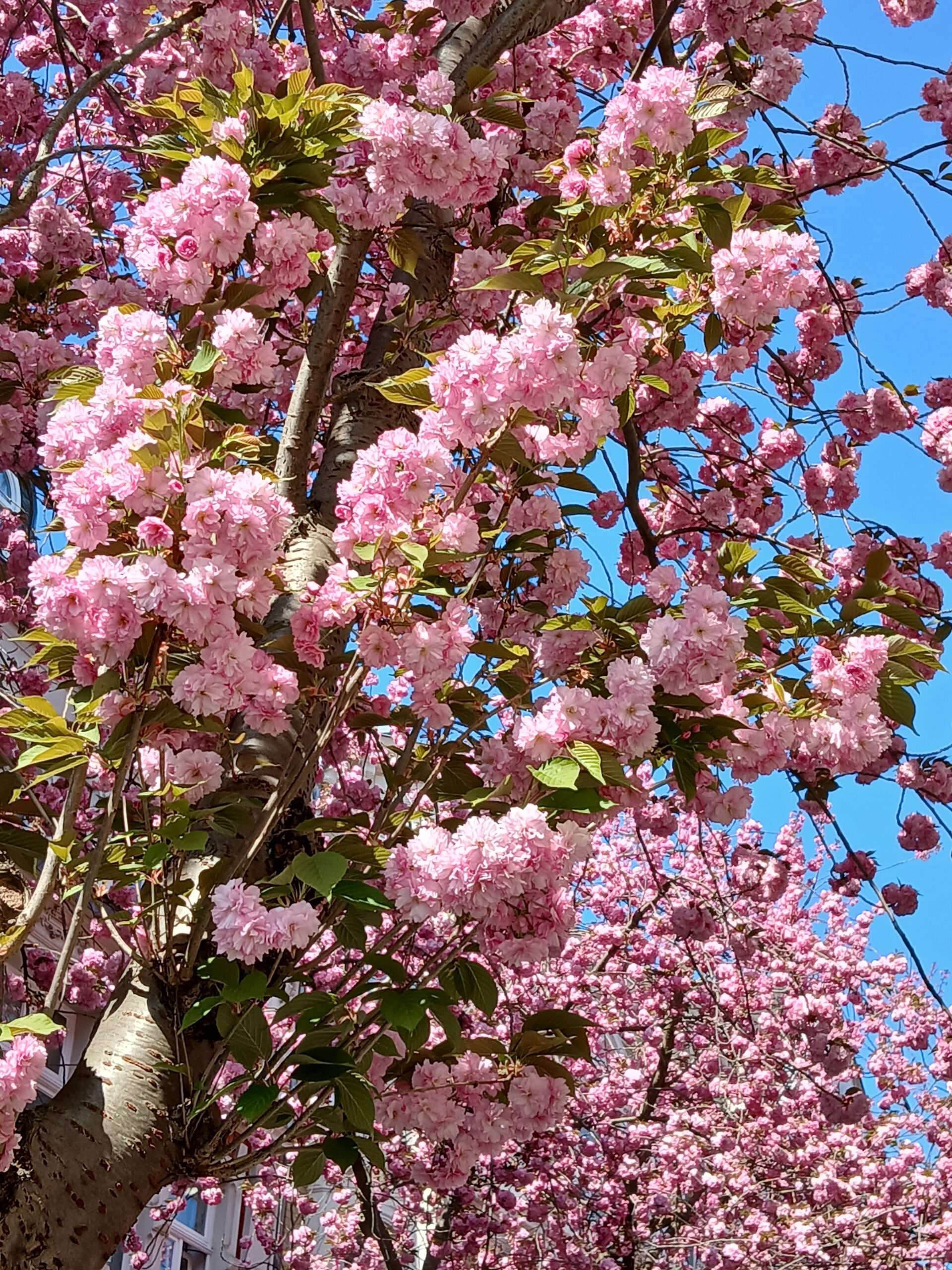

Recent Comments